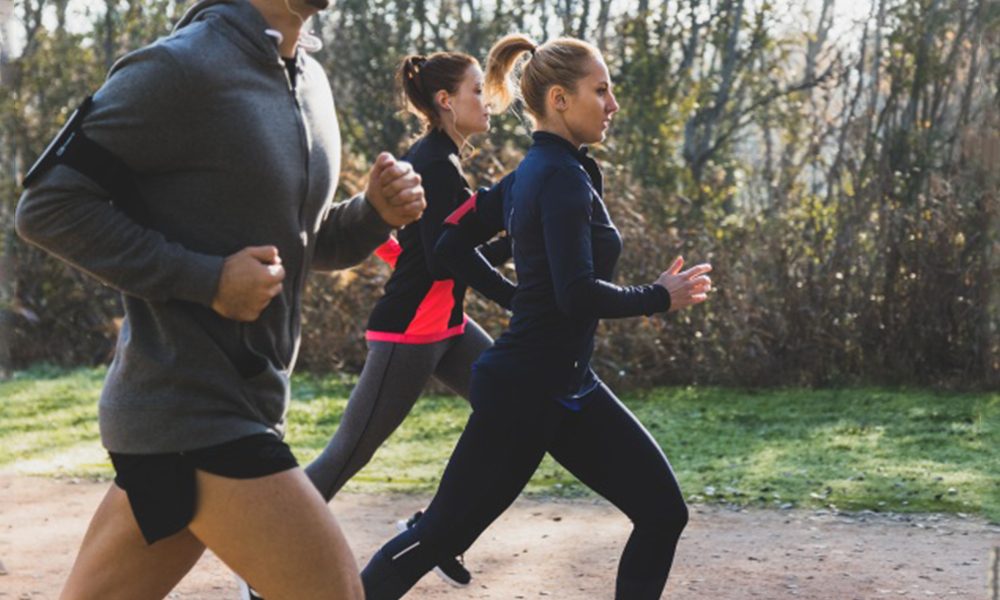It can take several weeks or months to make changes to your running performance and style but it’s worth it – they can make a world of difference to your speed, efficiency, and injury risk.
If you’re passionate about running follow these strategies to increase your running endurance. Put the following into practice and you’ll, sooner than later, you’ll see improvements in your running performance. Besides, you’ll get fitter and stronger without getting hurt.
1. Follow a Healthy Diet for Better Running Performance
Even if you are at a healthy, stable weight, you may be able to improve your running performance if you eat better. Evaluate your caloric intake and your macronutrient balance and see how it compares to recommended intakes.
Eliminate foods that don’t provide good nutrition. And invest in a session with a registered dietitian who specializes in sports performance to make sure you are getting the macro and micronutrients that you need.
2. Stretch Regularly
Inflexible joints can hinder a faster pace. You’re not likely to move with efficiency when your body has a limited range of motion. Tight muscles can also lead to injury.
Try to stretch after every workout, you don’t have to spend a huge chunk of time doing a wide variety of exercises, but simply spending 5–10 minutes after each workout doing simple calf, hip flexor, and quadriceps stretches will help to keep your body happy and improve your running performance.
3. Find a Friend
Find a training partner(s) to chase around during long runs and key workouts. Doing so will keep you honest and help you to push a little bit harder when you might be otherwise tempted to back off. On the flip side, a good training partner will also help slow you down on recovery days (more on this in a bit) when you might otherwise be tempted to run a little too fast.
4. Don’t Run on Your Heels
Avoid striking the pavement with your heels—save that for your power walks. When you walk, you keep one foot in contact with the ground, while running has a moment of weightlessness in the stride. Running with a heel landing can contribute to back and knee pain.
5. Run for Time
Try to improve covering the same distance in less time. For example, set your workout to run for 30 minutes and see how much distance you can cover instead of running for four miles harder than you can safely run. The more you train, the better your running performance. You can either cover the same distance with greater ease or maintain the same intensity and run farther in the same amount of time.
6. Improve Your Stride Rate
Your stride rate is simply the number of steps you take in a minute. To find it, count the number of strides on one foot for one minute and double it. The goal is to have a stride rate of around 180 or 90 per foot.
The key to improving the stride rate is to practice patience while increasing your stride rate and decreasing the time you spend on the ground. It’s best to focus on taking shorter strides and increasing the cadence gradually.























